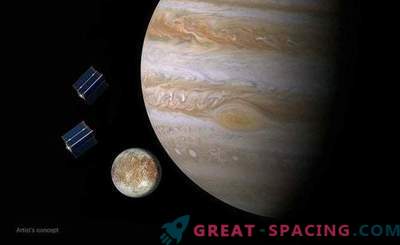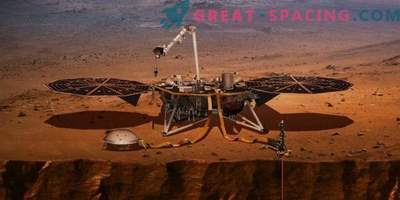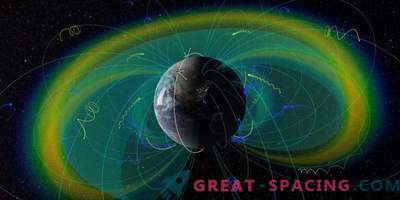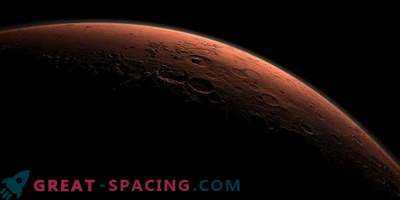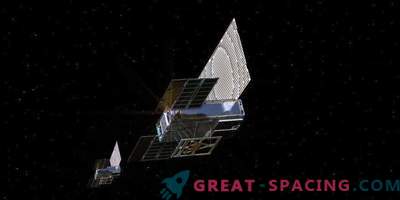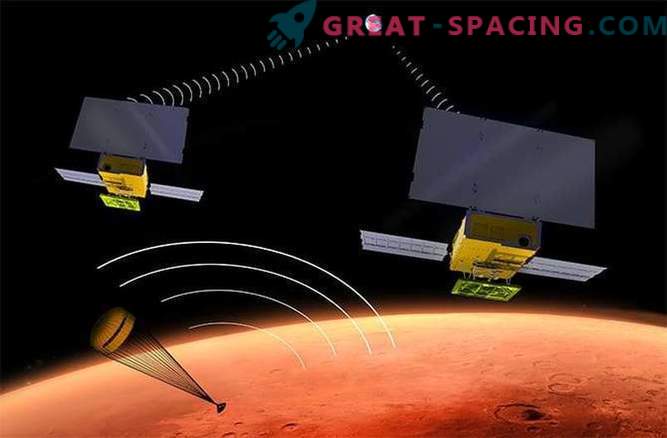
Starting from the very first successful landing on the surface of Mars in 1997, NASA's rovers grew in volumes from the size of a bag of milk to the size of a huge car, gradually becoming not only larger, but also more powerful. The last major project, the Curiosity rover, sat on the surface of the Gaya crater on Mars in 2012, and its mission will last, as expected, until the end of this decade. Nevertheless, his durability and automatic laboratory for the analysis of rocks, which is at his disposal, cost more than $ 2 billion.
Thanks to the work of Curiosity managed to detect traces of organic matter and water on the surface of the planet. And now NASA is planning another similar mission for 2020. But are there any other ways of exploring space that do not require such an incredible financial cost?
When large spaceships, valued at several million dollars, drift into outer space, they often carry small but useful passengers on board. These are small devices which are called KubSat (CubeSat). They have been successfully settling and studying near-Earth orbit since 2003. It is not yet known whether they will be able to survive and continue to work outside our planet. But, nevertheless, the staff of NASA, the European Space Agency and some other organizations are planning to start testing in this direction in the next few years.
The first tests outside our orbit will have to pass on Mars. Last week, NASA presented two small cubes called MarCO, which in 2016 will have to join the mission of InSight. While InSight will be on the surface of the planet, doing its own tasks, MarCO will periodically send real-time job reports to Earth in a low orbit. If these small satellites do their job, then this will be the first opportunity to have a manual-controlled vehicle on the surface of Mars. A previous attempt with the Mars Polar Lander failed due to a crash during landing. Two small devices called Deep Space 2, sent with him, were to search for water on the surface of the planet.
“We know that they have landed on the surface of the planet, but we know nothing about their current state,” said Robert Stael, an assistant manager for the implementation of concepts in the NASA Jet Propulsion Laboratory program, in an interview. In a nutshell, his job is to send various tools throughout our solar system: Earth, Mars, ice satellites of Europe, and so on. And today there are about 15 projects of this laboratory in which cubsat are applied.
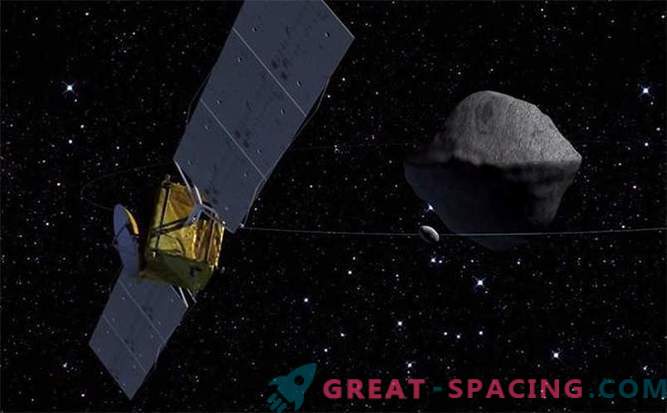
Stael also runs a research project called MarsDrop in association with the Aerospace Corporation - developing a small device that can land on the surface of Mars in the most dangerous places for landing. Large rovers, of course, have a lot of advantages, but they will not go too close to the volcano or to the very bottom of the crater. Mini-devices could perfectly complement the work of studying the surface of the planet.
So far, the main issue remains the stability of such small devices to various conditions. Kubsaty have a lot of advantages in terms of computing technology, but their buildings and internal parts may not necessarily withstand a large level of radiation, despite the fact that the materials used in the production have been tested in practice, Robert stresses. While the vehicles are in near-earth orbit, they are protected by the atmosphere of the Earth from the destructive influence of radiation, but as soon as they fall outside, the radiation background will increase exponentially. Therefore, one of the most important tasks of MarCO will be to test how long the electronics on board can survive in the harsh space conditions. In this case, Mars is not the only target for vehicles of this type. In the laboratory of the Technical College of Vermont, they are working on a Kubsat project, which may become the basis for a small lunar module. In 2020, NASA plans to send several vehicles to Europe to study its ice from orbit and search for oceans in its depths. In October, 10 universities were selected, which were entrusted with the work of creating and submitting their own cubs for the competition. They should be able to perform any tasks. From landing probes on the surface of cosmic bodies and planets, to measuring the magnetic field.
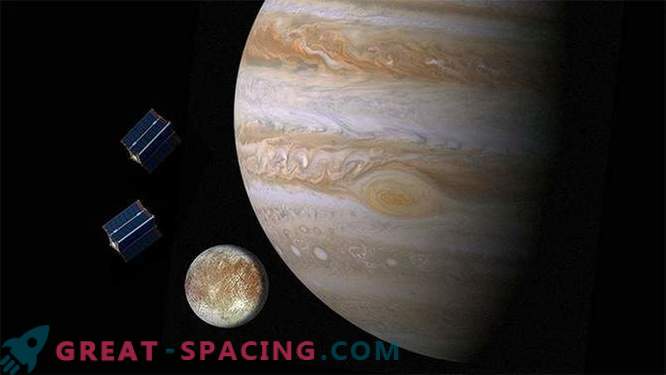
At the same time, the European Space Agency plans to explore two asteroids within its own AIM mission. Within the framework of this project, there are six landing sites, which can be occupied by various cubsates for shipment to asteroids. Also awaiting the launch of the project of the Interplanetary Space NanoAparator Study in different environmental conditions (abbreviated INSPIRE), which is to observe the Sun beyond the limits of the Earth’s magnetic field.
Due to the fact that the production of these spacecraft is much cheaper and their work in various conditions is not yet so well studied and tested in comparison with older brothers, sometimes unexpected incidents occur. Stael recalls the period when three cubesat were launched into a small near-earth orbit. Two of them, developed by the University of Michigan and the University of Montana, had magnets on board designed to help them even out in orbit using Earth's magnetic field. But for some reason, the magnets turned out to be a little stronger than it was necessary and as a result, the satellites changed course to the opposite one and just connected to each other.
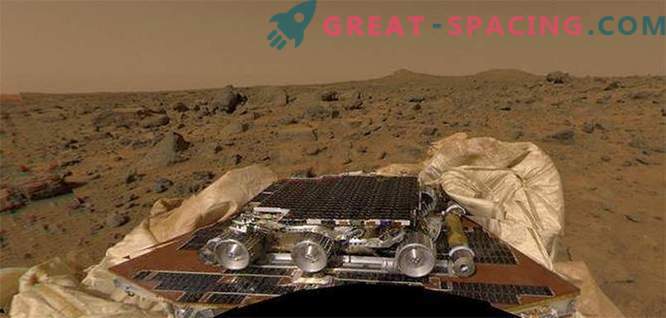
“It was possible, of course, to say that this was the first automatic meeting and successful docking of the Kubsat, but the task was a bit different,” Robert jokes.
The active development of the Kubsat began in the early 90s, when NASA launched the “Faster, Better, Cheaper” program, in which any scientist could organize his own small mission. This attracted the attention of small teams that, using commercial samples of microelectronics, tried to minimize the cost of launching devices.
Robert Stael argues that both large, expensive and long-term projects, as well as short-term, but more specific tasks, are important for space exploration. Both types of projects are engaged in important missions, but in completely different planes. The only question that remains open is how well the small missions will fulfill their small missions outside of the earth’s atmosphere.
